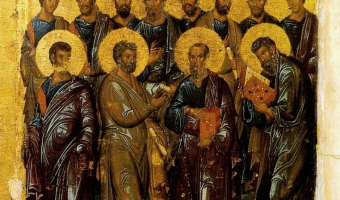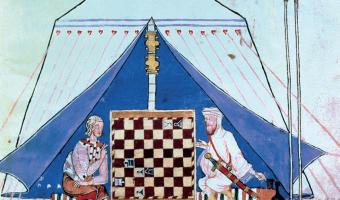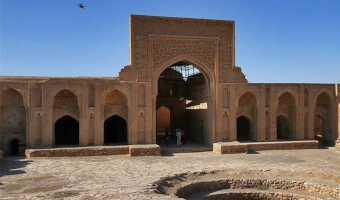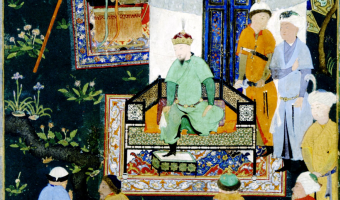Tang Dynasty China. Room One: Art
The Tang Dynasty, which ruled China from 618 to 907 CE, is often regarded as one of the most prosperous and culturally rich periods in Chinese history. During this time, the Tang emperors established a strong central government, expanded their empire, and fostered an era of stability and prosperity. Crucially, the Tang Dynasty played a pivotal role in the Silk Road, enhancing trade and cultural exchanges between China and distant regions such as Central Asia, the Middle East, and Europe. The cosmopolitan city of Chang'an, the Tang capital, was a bustling hub where traders, scholars, and artists from diverse backgrounds converged, promoting a rich exchange of ideas and goods.
This exhibition presents some of the artwork of the period including some of the rare scrolls that have survived (sometimes in copied form) as well as frescoes from some of the imperial tombs. It shows 24 hand scrolls from 7 different museums located in three countries as well frescoes from four different tombs. Five of visitors (grave good figurines) are held in private collections whilst the remaining ten are from six museums in four different countries.
This exhibition presents some of the artwork of the period including some of the rare scrolls that have survived (sometimes in copied form) as well as frescoes from some of the imperial tombs. It shows 24 hand scrolls from 7 different museums located in three countries as well frescoes from four different tombs. Five of visitors (grave good figurines) are held in private collections whilst the remaining ten are from six museums in four different countries.




